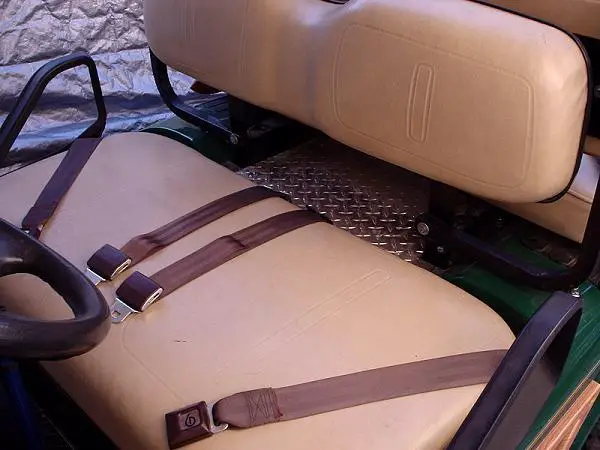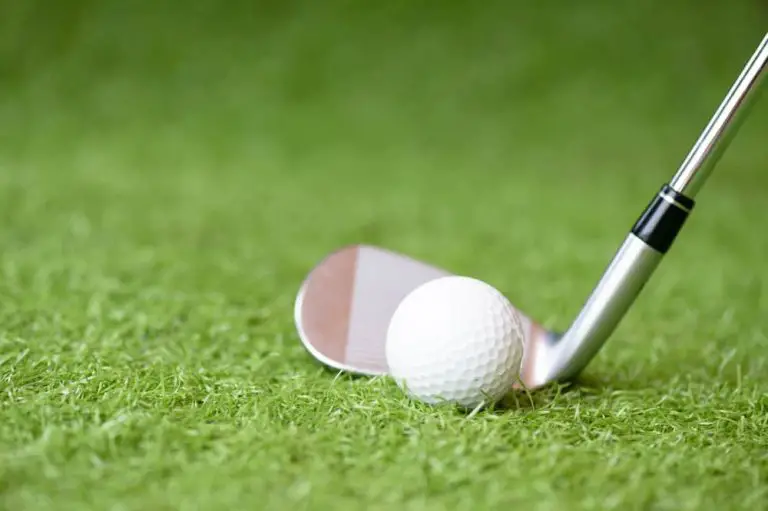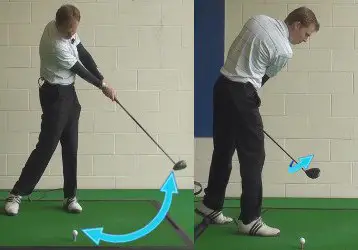Why Do Golf Balls Have Dimples
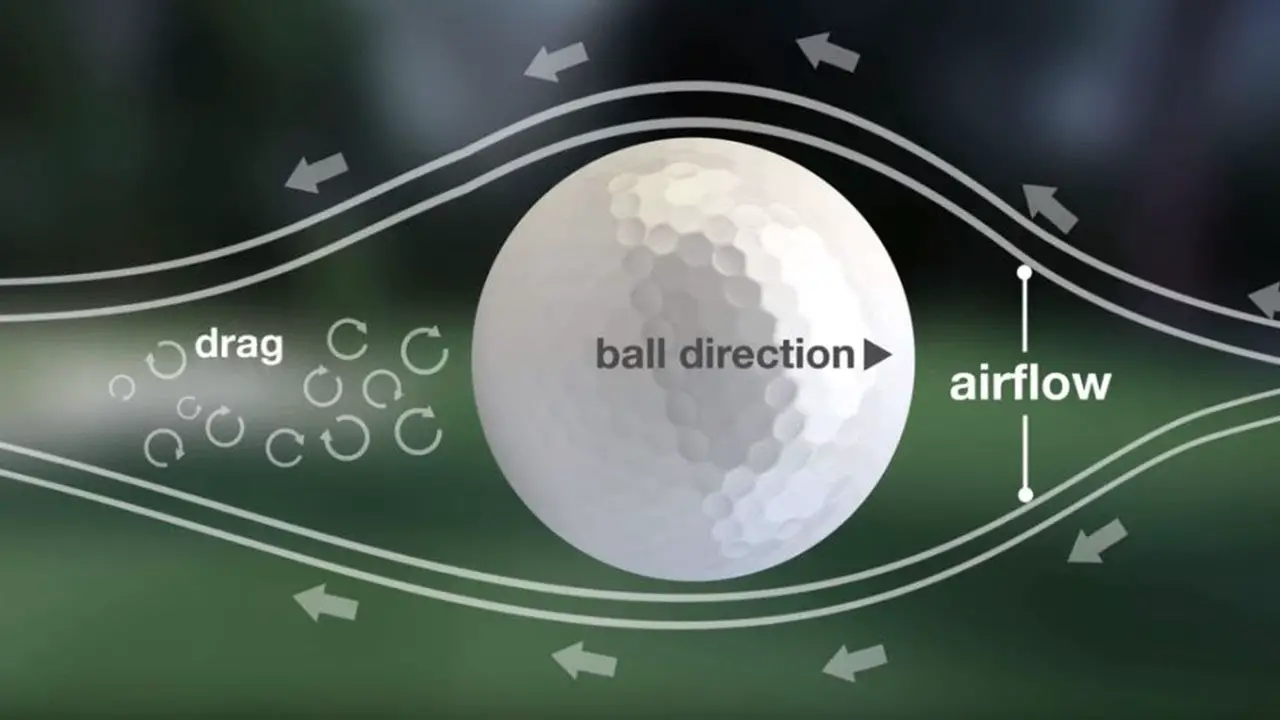
Golf is a game that requires precision, strategy, and finesse. From the golfer’s swing to the equipment they use, every aspect plays a vital role in the outcome of a shot. One essential piece of equipment that often goes unnoticed is the golf ball. Have you ever wondered why golf balls have those distinctive dimples? In this article, we will explore the fascinating science behind the dimples on golf balls and their profound impact on the game.
Dimples are not just aesthetic features; they serve a critical purpose in the performance of a golf ball. Golf ball manufacturers meticulously design and engineer these dimples to enhance the ball’s aerodynamic properties and optimize its flight through the air. Understanding the science behind dimples can provide valuable insights into the mechanics of the game and help golfers make more informed decisions when choosing the right ball for their play style and conditions.
In this article, we will delve into the reasons why golf balls have dimples, uncovering the aerodynamic principles at play, and exploring how dimples affect factors such as lift, drag, and spin. We will also discuss the evolution of dimple design over time and examine the different types of dimples found on golf balls today. By the end of this article, you will have a deeper appreciation for the seemingly simple yet profound dimples on a golf ball and how they contribute to the art and science of the game. So, let’s embark on a journey to uncover the secrets behind why golf balls have dimples.
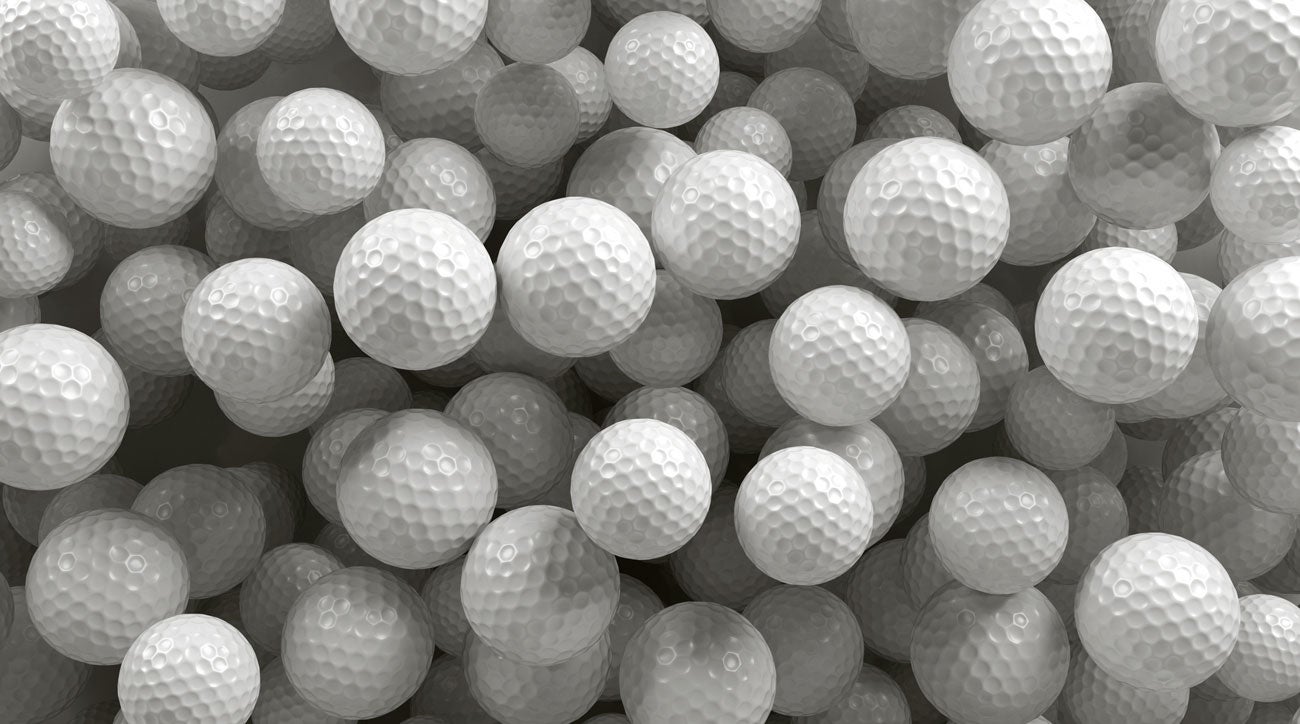
The Science Behind Golf Ball Flight
Golf ball flight is a complex interplay of aerodynamic forces such as lift, drag, and spin. To understand the role of dimples, it is crucial to explore the science behind how a golf ball moves through the air. By examining the factors that influence ball trajectory, we can gain insights into how dimples affect the overall flight characteristics of the ball.
What Are Dimples on Golf Balls?
Dimples are the small indentations covering the surface of a golf ball. These dimples are not randomly placed but follow specific patterns and arrangements. In this section, we will explore the physical characteristics of golf ball dimples, including their size, shape, and configuration. Understanding the different types of dimples will provide a foundation for comprehending their effects on ball performance.
The Purpose of Dimples
Now that we know what dimples are, let’s delve into the primary purpose behind their presence on golf balls. The aerodynamics of a golf ball in flight is the key driver for incorporating dimples. This section will uncover the underlying principles that make dimples essential for optimal ball performance. By reducing drag and enhancing lift, dimples play a crucial role in maximizing distance and control.
The Effect of Dimple Design
Not all dimples are created equal. Dimple design, including depth, size, and pattern, can have a significant impact on ball performance. This section will explore how different dimple characteristics influence the aerodynamic properties of the ball. We will examine research and experiments conducted to optimize dimple configurations, allowing for greater customization and performance enhancement.
Dimple Optimization for Different Conditions
Golf is played under various weather conditions, and dimple design can be tailored to suit specific playing conditions. This section will discuss the adaptations made to dimple design for factors such as wind, temperature, and player skill level. Golf ball manufacturers have developed specialized models to cater to different conditions and golfer preferences. Understanding these adaptations can help golfers make informed choices when selecting the appropriate ball for their game.
Historical Evolution of Dimpled Golf Balls
The evolution of golf ball design and the incorporation of dimples have come a long way. This section will take a journey through the history of golf ball development, highlighting notable pioneers and innovators in dimple technology. From the early experimentation with different ball surfaces to the sophisticated dimple patterns of modern golf balls, we will uncover the advancements that have shaped the game.
Manufacturing and Quality Control
The creation of dimples on golf balls involves precise manufacturing processes. This section will provide insights into the techniques used to form dimples on the ball’s surface, ensuring consistent performance. Quality control measures and adherence to golf ball regulations will also be explored, emphasizing the importance of maintaining standardized dimple characteristics.
The Impact of Golf Ball Dimples on the Game
Beyond the technical aspects, the presence of dimples on golf balls has a profound impact on the game itself. This section will delve into the strategic implications of dimples, including shot-making capabilities, spin control, and overall playability. Additionally, we will discuss how dimple technology has influenced golf ball marketing and consumer preferences. By understanding the significance of dimples, golfers can make more informed choices that align with their playing style and desired outcomes on the course.
Choosing the Right Golf Ball for Your Game
With the knowledge of dimple design and its impact on performance, it is important to select the right golf ball for your game. This section will provide practical guidance on factors to consider when choosing a golf ball, such as swing speed, skill level, playing conditions, and personal preferences. We will discuss the different options available in the market and how their dimple configurations align with specific player needs.
Maintaining and Caring for Dimpled Golf Balls
To ensure optimal performance and longevity, proper maintenance and care of golf balls are essential. This section will provide practical tips on cleaning and storing golf balls, including specific considerations for dimpled surfaces. By adopting good maintenance practices, golfers can preserve the integrity of the dimples and extend the lifespan of their golf balls.
The Future of Dimpled Golf Balls
As technology continues to advance, the future of golf ball design and dimple optimization is an exciting prospect. This section will explore potential innovations and advancements in dimple technology, including materials, aerodynamic modeling, and customization options. We will also discuss ongoing research and development efforts aimed at further enhancing the performance and playability of golf balls.
Conclusion
Dimples on golf balls may appear simple, but their impact on ball flight and overall performance is significant. Understanding the science behind dimples empowers golfers to make informed decisions, optimize their game, and achieve their desired outcomes on the course. By considering factors such as dimple design, playing conditions, and personal preferences, golfers can select the right golf ball to suit their individual needs. Embrace the power of dimples and unlock the potential for longer drives, better control, and an enhanced golfing experience.
Remember, the dimples on a golf ball are not just aesthetic features but precision-engineered elements designed to improve performance. So, the next time you tee up, take a moment to appreciate the science and technology behind those little dimples that make all the difference in your game. Choose your golf ball wisely, take care of it, and enjoy the benefits of optimized performance as you navigate the fairways with confidence.

